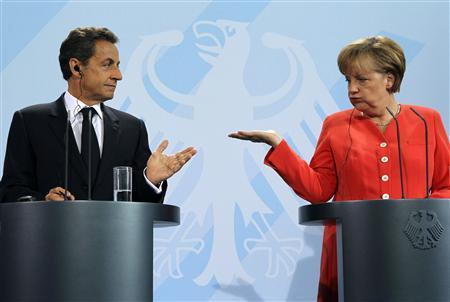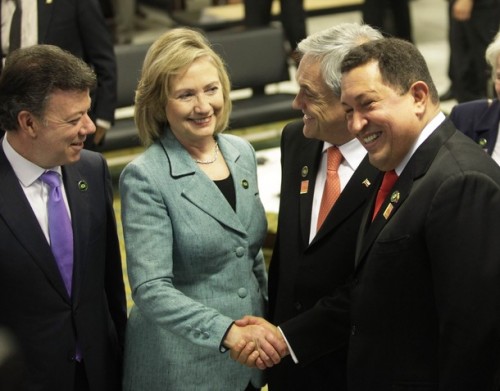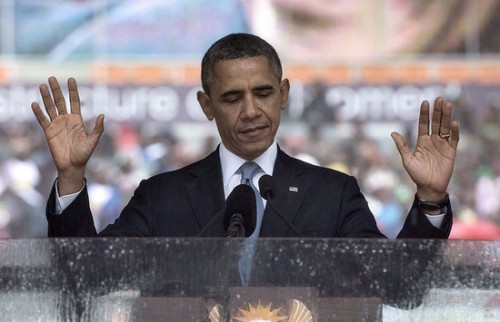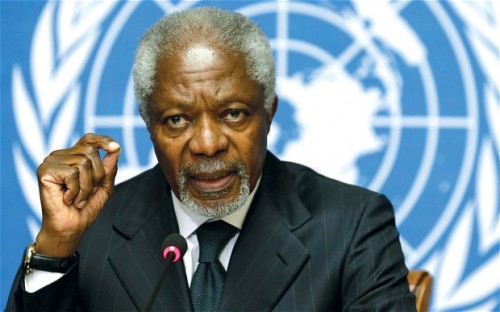
As a delegate in Model U.N., odds are that you love to talk. Whether you’re making your well-practiced opening speech, collaborating with other delegates in an unmoderated caucus, presenting a resolution, or even chairing, the ability to communicate is the greatest skill of a delegate in Model U.N.
Communicating, however, is not simply limited to speech and verbal communication. Researchers have claimed that over 60% of communication in humans is nonverbal. As we engage in conversations or make a speech, our eyes, face, arms, legs, hands, and the rest of our body are sending signals that are read by the subconscious of our viewers, indicating whether we’re being honest or lying, aggressive or passive, interested or disengaged. By recognizing body language in others, while also making efforts to control our own, we can read more into what others are saying while making sure that we’re effectively communicating in committee.
It should be noted that these signals should not be taken to absolutely say that somebody is defensive, dishonest, or disengaged, but rather give us an idea of how they might feel if these signals are congruent with other signs and the context of the conversation. For example, if you tell Syria that as China you’re going to veto an intervention into their country and they cross their arms, this doesn’t mean they don’t like that idea. But if you’re representing the United States and tell Syria that you’re going to sanction them, and they cross their arms, odds are that they’re suddenly feeling defensive. In this article we’ll start by looking at the hands, which are the most obvious and generally most easily controlled signals we send while communicating, and later we’ll look deeper into the world of non-verbal communication.
Hand Positions:
There are more connections from your brain to your hands than to any other part of the body, so our hands are one of the most important things to consider in communication. Whether making a speech or speaking to a small group, you should always pay attention to the position of your hands and fingers to be sure that you’re sending the right message.
1. The Palm Up
Early in human history, people showed their open palms to show that they weren’t armed and meant no harm to the other people present. Today, we see that when somebody wishes to proclaim their innocence, show their sincerity, or build trust with a group, they will show their palms in a Palm Up or Palm Down position to build confidence. Oaths of office or before taking the stand in court often include the subject holding up their hand with their palm clearly shown. When making speeches or working with your caucus bloc, you can build trust from your colleagues by showing your palms up or out when explaining why your paper is the best, why your country feels the way it does, or why they should be working with you and vote yes on your paper. Hiding your palms during speeches or conversations will have the opposite effect, with delegate thinking you may be hiding something or being dishonest about your intentions. By palm-showing you appear sincere, open, inviting, honest, and non-threatening, which can at times (but not always) be a helpful way to complement your speech or idea in debate.
2. The Palm Down
In contrast to the non-threatening and inviting feeling imparted by the Palm Up gesture, the Palm Down gesture will project authority over those around you. Often when people are trying to command or order somebody to do something, their palms will be facing down. While incredibly confident and at ease, this gesture can often make others feel uncomfortable. Think of a parent patting a child on the head; this is clearly a relationship where the parent has authority over the child, and thus is an acceptable hand position. When this hand position is used when speaking to an audience of your peers, however, this can make others feel antagonistic and upset by what you’re saying. Be extremely cautious when using the Palm Down gesture, because though it projects confidence and authority, it can also project aggression and dominance (see: Adolph Hitler), which is not a very good way to make friends in committee.
3. The Finger Point

Vladmir Putin is shown above making a speech kicking USAID out of Russia, clearly using the finger-point.
In many countries, it is considered incredibly rude to point at somebody with your index finger. Though not necessarily against cultural norms in all countries, it’s best to avoid this gesture altogether, as speakers who commonly use finger-pointing gestures are seen as aggressive, belligerent, and rude. Especially in Model U.N. speeches, where your comments are directed at the chair, pointing at an individual delegate or group of individuals is an incredibly bad idea. In a study including 8 different speakers using the Palm Up, Palm Down, and Finger Point gestures on separate audiences while making the exact same speeches, the results spoke for themselves. 84% of participants gave positive testimonials for Palm Up speeches, 52% gave positive testimonials for Palm Down speeches, and only 28% gave positive responses for finger-pointing speeches. Long story short: don’t finger point in MUN.
4. The Fingertip Touch
While finger pointing is always bad, sometimes performing a “fingertip touch” is advisable when making speeches or advocating for a specific plan. By touching your fingers to your thumb, you can tap out the rhythm of specific points (like the different letters of your super-clever acronym!), and come across as assertive rather than aggressive. This gesture conveys less passion in your speech than other gestures, instead substituting passion for appearing thoughtful and controlled. Fingertip touch speeches often come across as pointed, concise, intelligent, and goal-oriented, so while you may not use this hand position as often during your unmods, it’s advisable to use it if you want to seem like the logical thinker to the assembly as a whole.
A Note on Shaking Hands:

Hilary Clinton gets the upper hand on Hugo Chavez, much to the amusement of Presidents Santos and Piñera.
Though not a common facet of all cultures, shaking hands is still the most common formal greeting globally, so it’s imperative that all Model UN delegates have a good handshake. Obviously it is always a good idea to have a firm handshake so that you don’t give somebody a limp handed “wet fish” handshake. Try practicing with friends to make sure that your handshake is strong, but not too strong, as this can have a serious effect on first impressions when meeting you chair or other delegates in committee, indicating either that you’re a power player or content with sitting in the back of the room without speaking.
In shaking hands, we also see another example of our palm-position power dynamics that many of us have probably experienced without even paying attention. Many dominant personalities will have dominant handshakes, and passive personalities have passive handshakes, so when shaking hands with somebody new, pay attention to whether they try to turn their hand to a Palm Down position, or if they instinctively turn to a Palm Up position. You should always aim to be respectful of your other delegates and seek for an equally balanced shake, but if another delegate tries to “gain the upper hand” on you, feel free to shake with both hands or hold their upper arm or shoulder to set the dynamic back to equal.

Throughout George W. Bush and Tony Blair’s Bromance they also had an underlying handshake-dominance rivalry, as shown here.
Though not all-encompassing, at your next conference try to use these tips both to control your message, and interpret the messages subliminally being sent by your fellow delegates. Paying attention to more than just your words is a requisite skill for today’s world leaders, and as we try to emulate them we must also take these considerations into account. Leverage these ideas to make yourself a stronger delegate, because in trying to bring home the awards or just be a better communicator overall, these tips could really come in….. handy.
*Much of my experience with Body Language (and most of the statistics included in this article) came from initially reading “The Definitive Book of Body Language”, by Allan and Barbara Pease. I highly recommend this book to anybody wanting to look deeper into the study of body language*





